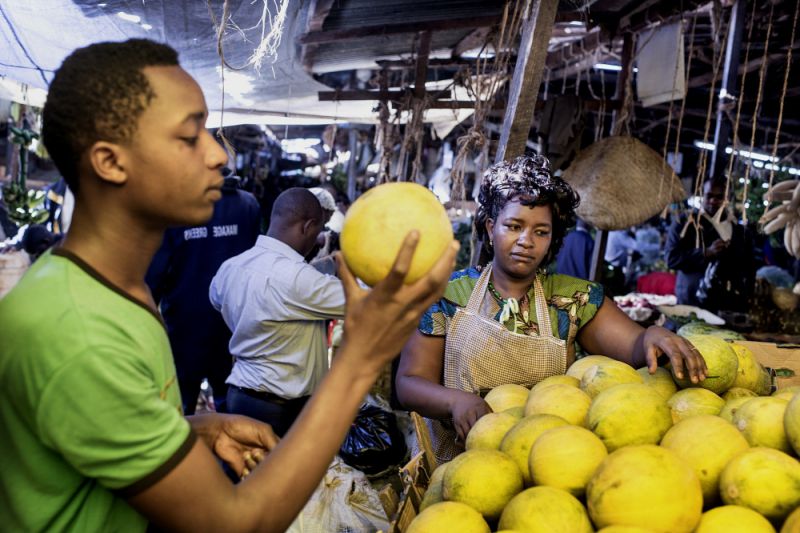Send to a friend
The details you provide on this page will not be used to send unsolicited email, and will not be sold to a 3rd party. See privacy policy.
Africa and Asia have the highest health burden from foodborne diseases of any region, according to the WHO’s first ever estimates of the global impact of such diseases.
Eating food contaminated by bacteria, viruses, parasites, toxins and chemicals kills around 420,000 people a year around the world, including 125,000 children under five, according to a WHO report released on 3 December. The report estimates the incidence, mortality and disease burden caused by 31 foodborne hazards.
It reveals that the largest health impact is in Africa, which loses up to 1,300 disability-adjusted life years (DALYs) per 100,000 people. A DALY is equivalent to one lost year of healthy life.
“Almost all foodborne diseases are preventable, but some diseases need intervention at the production side and others at the consumption side.”
Kazuaki Miyagishima, WHO
Asia comes next, losing up to 710 DALYs per 100,000 people. In contrast, Canada, Cuba and the United States lose just 35 DALYs per 100,000 people.
About 600 million people fall ill every year from eating unsafe food, the report reveals.
Diarrhoeal diseases, such as E.coli and salmonella, are responsible for half of global deaths from foodborne illnesses (see chart), the report finds. The situation is worst in Africa, where 70 per cent of food-related deaths are caused by bacterial diarrhoea because food safety standards are not properly enforced, the WHO said.
“Almost all foodborne diseases are preventable, but some diseases need intervention at the production side and others at the consumption side,” says Kazuaki Miyagishima, director of food safety at the WHO, and author of the report foreword. “So everyone has a role to play.”
However, few people who get food poisoning officially report their case by visiting a doctor, notes Miyagishima. Therefore, the problem is like “fighting a monster whose face nobody has seen”.
Karen Keddy, a bacteriologist at the National Institute for Communicable Diseases in South Africa, says that one factor that may distort the figures is that children are more likely to be taken to hospitals than adults when they get sick so their cases may be recorded more.
She adds: “Funding is more easily available to study diarrhoea in the under-five population, so these cases are more frequently counted.”

Miyagishima says that many developing countries lack the technology and infrastructure to provide citizens with clean water to prepare food hygienically. He also acknowledges a lack of food research laboratories as a barrier to food safety improvements, along with food safety education.
The fridge, for example, helps keep food safe for longer, but has also created a “myth” in some peoples’ minds that food kept in one is always safe to eat, he explains.
Mohamed Sheriff, technical officer for food safety at the WHO’s African office, says: “The regional estimates within this report are intended to enable countries to fill many of their data gaps and begin to translate these into food safety policies at a national level.”The report compiles the findings of an expert group the WHO set up to examine foodborne disease. An associated collection of papers by this group was published last week in PLOS Medicine.
To help policymakers make decisions, the WHO has also created an interactive online map showing which foodborne diseases most affect different regions.
References
WHO estimates of the global burden of foodborne diseases (WHO, 3 December 2015)














